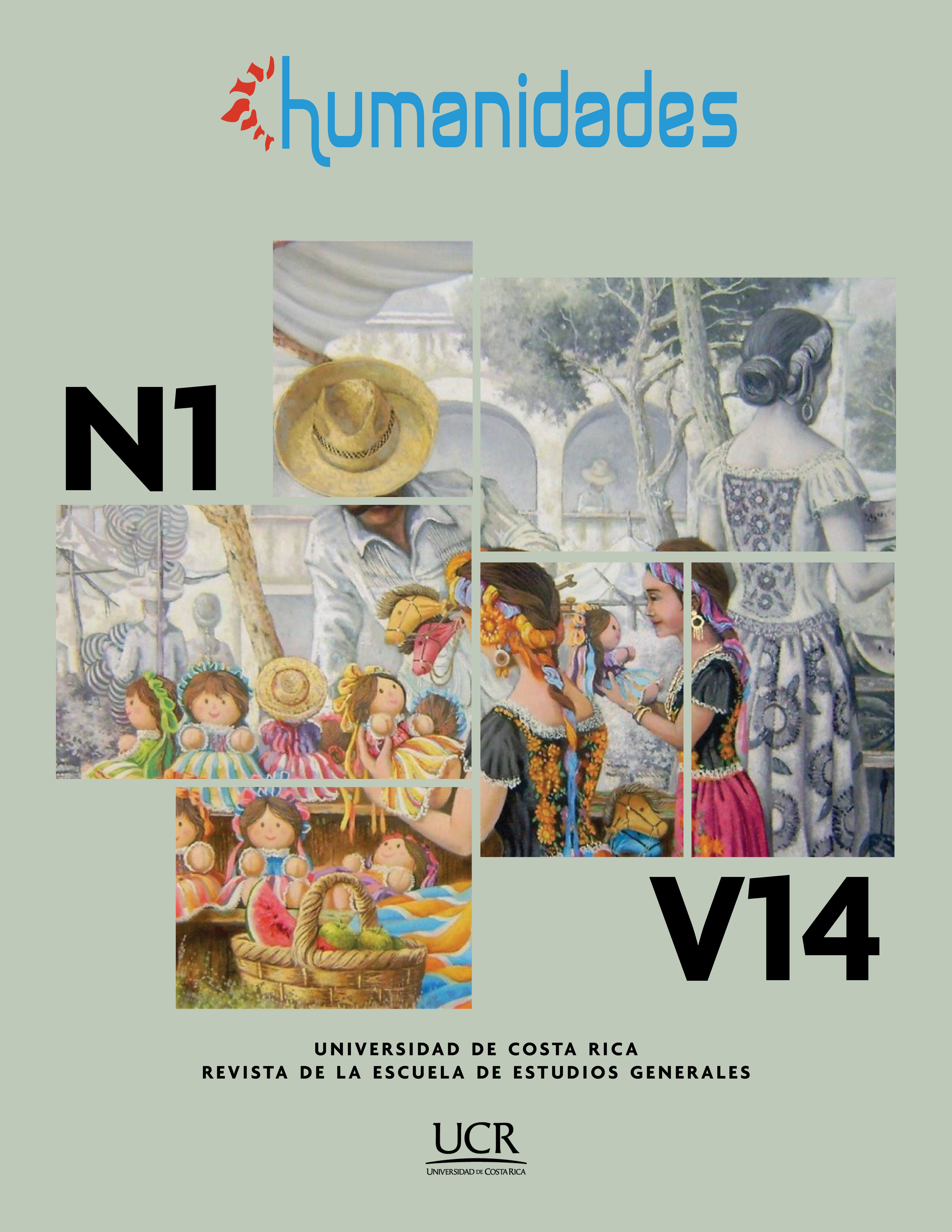Resumen
La posmodernidad no se circunscribe únicamente a las profundas transformaciones de las estructuras sociales o culturales originadas en el último siglo, sino también a las de ciertas estructuras políticas tradicionales como el Estado y sus elementos constitutivos. A través de un enfoque normativo, el presente ensayo analiza los cambios del territorio ocasionados por la hegemonía de las fuerzas posmodernas representadas en el capitalismo posindustrializado, la globalización, y la revolución informática y comunicativa. Los resultados preliminares explican dichas dinámicas transformativas a partir de tres procesos interrelacionados: la producción, la organización y la orientación del espacio. En cada uno de esos niveles, el territorio deja de ser un objeto político por naturaleza, capaz de cumplir sus funciones congregacionales en torno a un ideal político comunitario para convertirse, en cambio, en una unidad política que privilegia otro tipo de intereses, ante todo, de índole económica.
Citas
Agnew, J. (1994). The Territorial Trap: The Geographical Assumptions of International Relations Theory. Review of International Political Economy, 1(1), 53-80. https://www.jstor.org/stable/4177090
Ardrey, R. (1997). The Territorial Imperative: A Personal Inquiry Into the Animal Origins of Property and Nations. Atheneum.
Arendt, H. (1998). The Human Condition (2a ed.). University of Chicago Press.
Arendt, H. (2006). On Revolution. Penguin Books.
Augé, M. (1995). Non-places: Introduction to an Anthropology of Supermodernity. Verso.
Baudrillard, J. (1994). Simulacra and Simulation. The University of Michigan Press.
Bauman, Z. (2000). Liquid Modernity. Polity Press.
Caporaso, J. A. (2000). Changes in the Westphalian Order: Territory, Public Authority, and Sovereignty. International Studies Review, 2(2), 1-28. https://doi.org/10.1111/1521-9488.00203
Dryzek, J. S., Bächtiger, A., Chambers, S., Cohen, J., Druckman, J. N., Felicetti, A., Fishkin, J. S., Farrell, D. M., Fung, A., Gutmann, A., Landemore, H., Mansbridge, J., Marien, S., Neblo, M. A., Niemeyer, S., Setälä, M., Slothuus, R., Suiter, J., Thompson, D. y Warren, M. E. (2019). The crisis of democracy and the science of deliberation. Science, 363(6432), 1144-1146. https://doi.org/10.1126/science.aaw2694
Ezenwajiaku, J. C. (2021). State Territory and International Law. Routledge.
Gross, L. (1948). The Peace of Westphalia, 1648-1948. American Journal of International Law, 42(1), 20-41. https://doi.org/10.2307/2193560
Harvey, D. (1989). The Condition of Postmodernity: An Enquiry into the Origins of Cultural Change. Blackwell.
Heidegger, M. (1982). On the Way to Language. Harper & Row.
Heller, H. (1998). Teoría del Estado. Fondo de Cultura Económica.
Innes, M. (2004). State and Society in the Early Middle Ages: The Middle Rhine Valley, 400-1000. Cambridge University Press.
Jellinek, G. (2000). Teoría General del Estado. Fondo de Cultura Económica.
Kelsen, H. (1949). General Theory of Law and State. Harvard University Press.
Lefebvre, H. (1991). The Production of Space. Blackwell.
Lipovetsky, G. (2003). La era del vacío. Ensayos sobre el individualismo contemporáneo. Anagrama.
Locke, J. (2013). A Letter Concerning Toleration. Broadview Press.
Malmberg, T. (1980). Human Territoriality (Vol. 11). Mouton Publishers.
Mann, M. (1997). Has Globalization Ended the Rise and Rise of the Nation-State? Review of International Political Economy, 4(3), 472-496. https://www.jstor.org/stable/4177235
Montagu, A. (1973). Man and Aggression. Oxford University Press.
Moore, M. (2015). A Political Theory of Territory. Oxford University Press. https://doi.org/10.1093/acprof:oso/9780190222246.001.0001
Morley, D. y Robins, K. (2002). Spaces of Identity. Global Media, Electronic Landscapes and Cultural Boundaries. Routledge.
Murphet, J. (2004). Postmodernism and space. En S. Connor (Ed.), The Cambridge Companion to Postmodernism (pp. 116-135). Cambridge University Press.
Newman, D. y Paasi, A. (1998). Fences and neighbours in the postmodern world: boundary narratives in political geography. Progress in Human Geography, 22(2), 186-207. https://doi.org/10.1191/030913298666039113
Oakeshott, M. (1990). On Human Conduct. Clarendon Press.
Parodi, C. A. (2002). The Politics of South American Boundaries. Greenwood.
Sack, R. D. (1983). Human Territoriality: A Theory. Annals of the Association of American Geographers, 73(1), 55-74. https://www.jstor.org/stable/2569346
Sack, R. D. (1986). Human Territoriality: Its Theory and History. Cambridge University Press.
Sack, R. D. (2001). Territoriality: Geographical. En N. J. Smelser y P. B. Baltes (Eds.), International Encyclopedia of the Social & Behavioral Sciences (pp. 15601-15604). Elsevier.
Sassen, S. (2001). The Global City: New York, London, Tokyo. Princeton University Press.
Schmitt, C. (2003). The Nomos of the Earth in the International Law of the Jus Publicum Europaeum. Telos Press.
Shaw, M. N. (1982). Territory in International Law. Netherlands Yearbook of International Law, 13, 61-91. https://doi.org/10.1017/S0167676800003019
Shaw, M. N. (2003). International Law (5a ed.). Cambridge University Press. https://doi.org/10.1017/CBO9781139051903
Soja, E. W. (1989). Postmodern Geographies: The Reassertion of Space in Critical Social Theory. Verso.
Strayer, J. R. (2005). On the Medieval Origins of the Modern State. Princeton University Press.
Wolin, S. S. (1983). Hannah Arendt: Democracy and The Political. Salmagundi, 60, 3-19. https://www.jstor.org/stable/40547750.
Wolin, S. S. (2017). Democracy Incorporated: Managed Democracy and the Specter of Inverted Totalitarianism. Princeton University Press.
##plugins.facebook.comentarios##

Esta obra está bajo una licencia internacional Creative Commons Atribución-NoComercial-SinDerivadas 4.0.
Derechos de autor 2024 Revista humanidades



